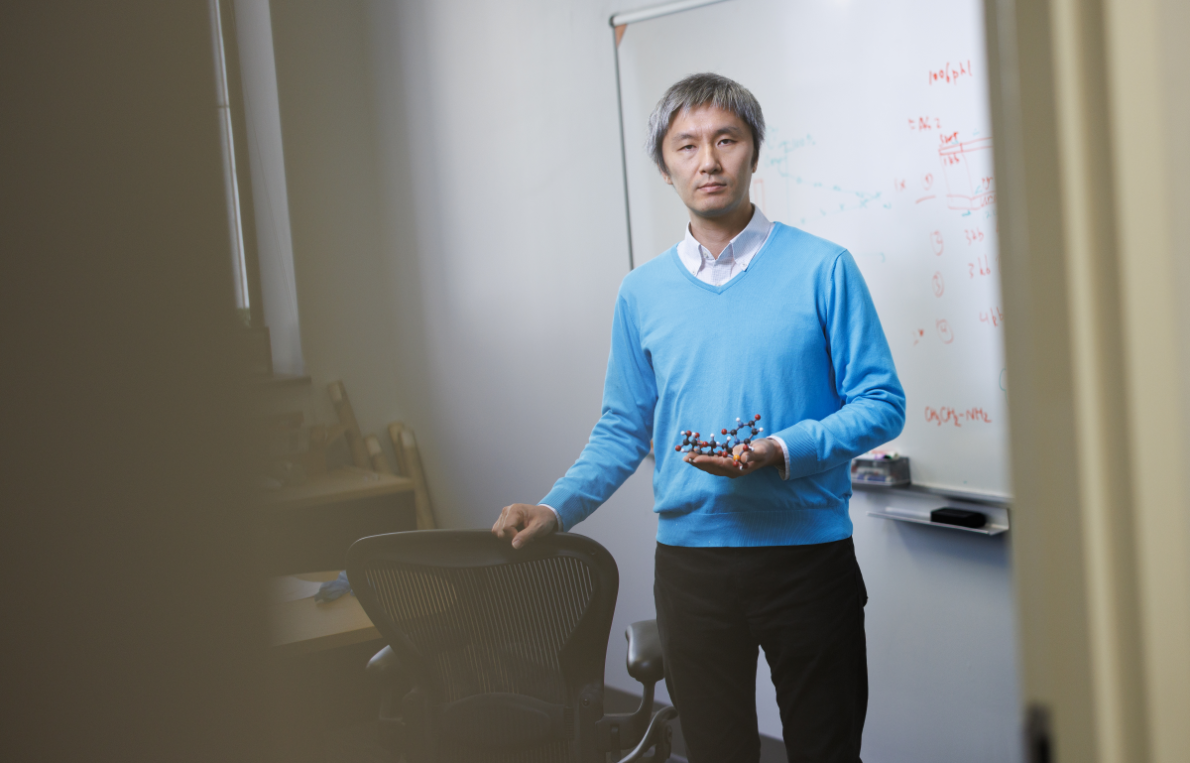
When your brain was forming, an enzyme had to pull off a powerful chemical reaction. One wrong move, and the process could fail — leading to a rare disorder that causes seizures and, ultimately, death.
Now, researchers at Duke University School of Medicine have uncovered how this enzyme tames one of nature’s most reactive chemical players to make this life-or-death reaction happen.
The enzyme, called MoaA, is essential for many forms of life. In humans, mutations in MoaA cause a rare, fatal genetic disorder known as molybdenum cofactor (Moco) deficiency.
Using advanced techniques, a team led by biochemist Ken Yokoyama, PhD, discovered that MoaA has a flexible tail that acts like a molecular sensor. When the correct molecule binds, this tail triggers a “radical-based” chemical reaction. If this sensing mechanism is disrupted, such as by a gene mutation, the reaction fails, leading to the disease.
“Radicals are highly reactive chemical species. They’re indispensable for MoaA’s function, but they can damage cells if not precisely controlled,” said Yokoyama, an associate professor of biochemistry and chemistry.
The study, published in Proceedings of the National Academy of Sciences, also offers broader insights into a vast family of more than 700,000 enzymes (SAM enzymes) that rely on radicals to carry out essential functions in many organisms, from bacteria to humans.
“This is the first comprehensive study showing how radical SAM enzymes initiate radical reactions, while preventing oxidative damage to themselves or to surrounding molecules,” he said.
The researchers made the discovery using techniques like NMR spectroscopy and computational modeling.
Former graduate students Haoran Pang and Di (Lydia) Li performed most of the experiments and analysis. Duke University faculty collaborators included Pei Zhou, PhD, who oversaw the NMR studies, and Weitao Yang, PhD, who contributed computational expertise for density functional theory (DFT) modeling. Alexey Silakov at Penn State University provided spectroscopy.
Other authors: Qinglin Wu and Pan Zhang.
Funding: The National Institutes of Health, the National Science Foundation, and the North Carolina Biotechnology Center.